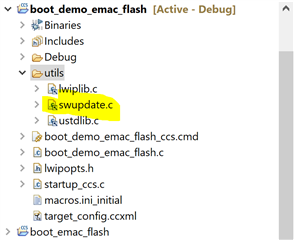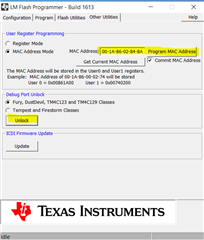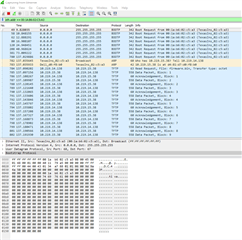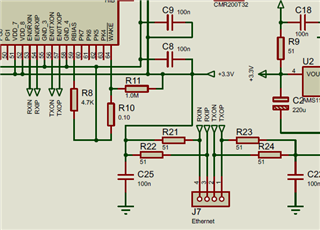Other Parts Discussed in Thread: EK-TM4C1294XL, UNIFLASH
Hello everybody! I have a custom PBC with TM4C1294NCPDT. My client decided that we need an EMAC bootloader on this PCB. So, first I tried to do this on my EK-TM4C1294XL. Everything was fine, everything worked fine, but then I tried to download the same firmware to my PCB... And I ran into a problem. The LM Flash Programmer cannot find the TM4C1294NCPDT. Maybe because we didn't initially consider the bootloader and then decided to add it, we missed some jumpers or something like that? Could you help me figure this out? Thank you in advance





